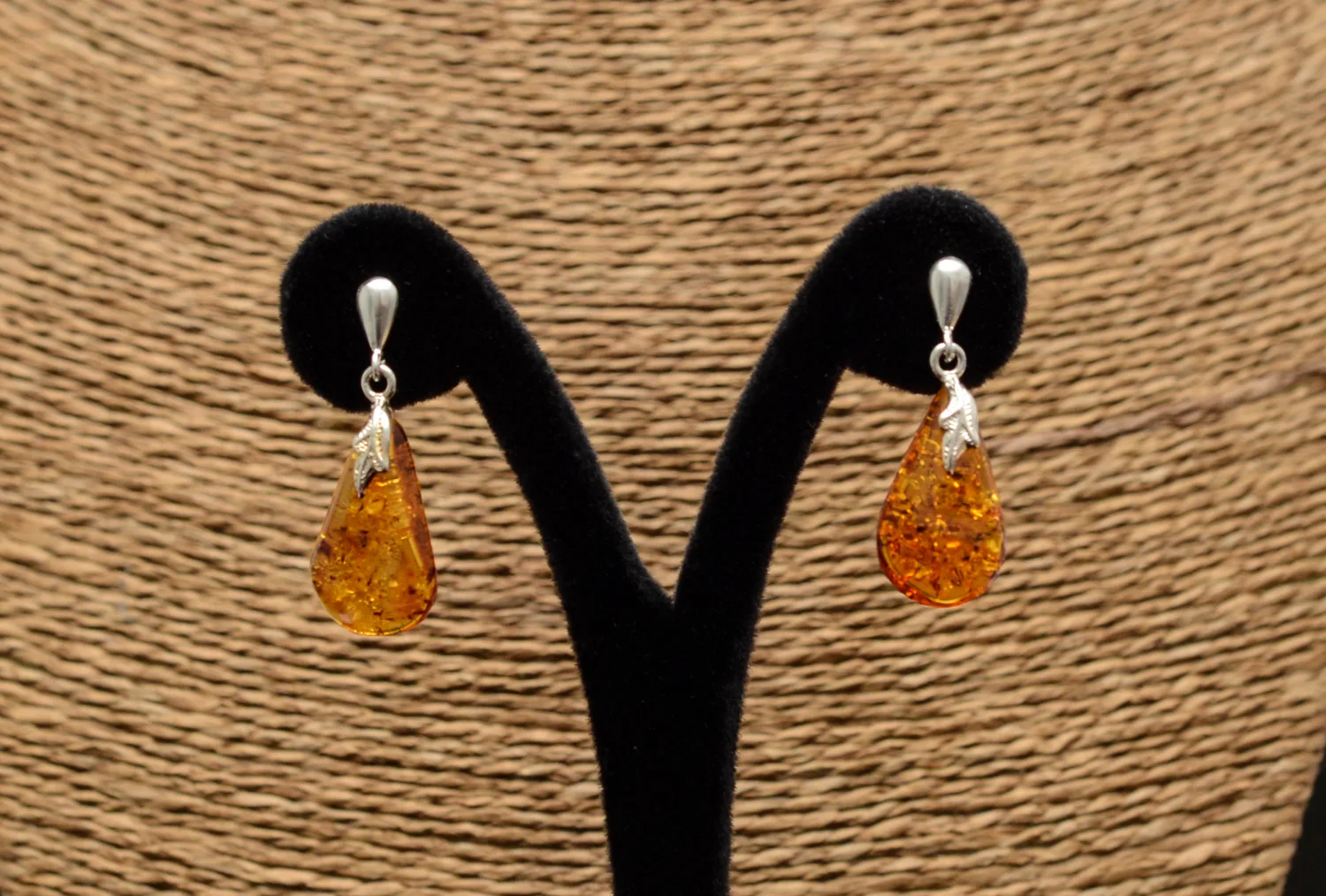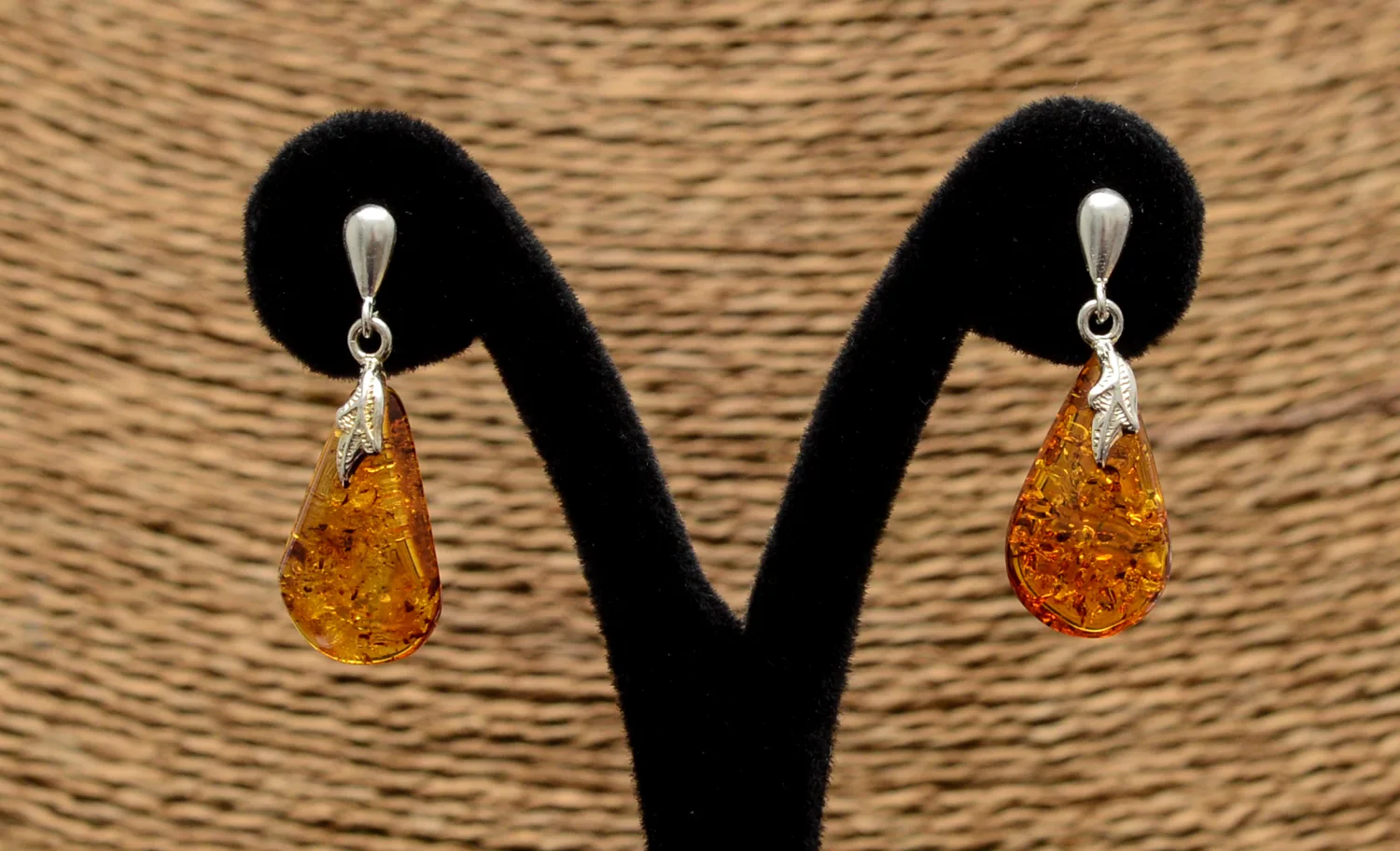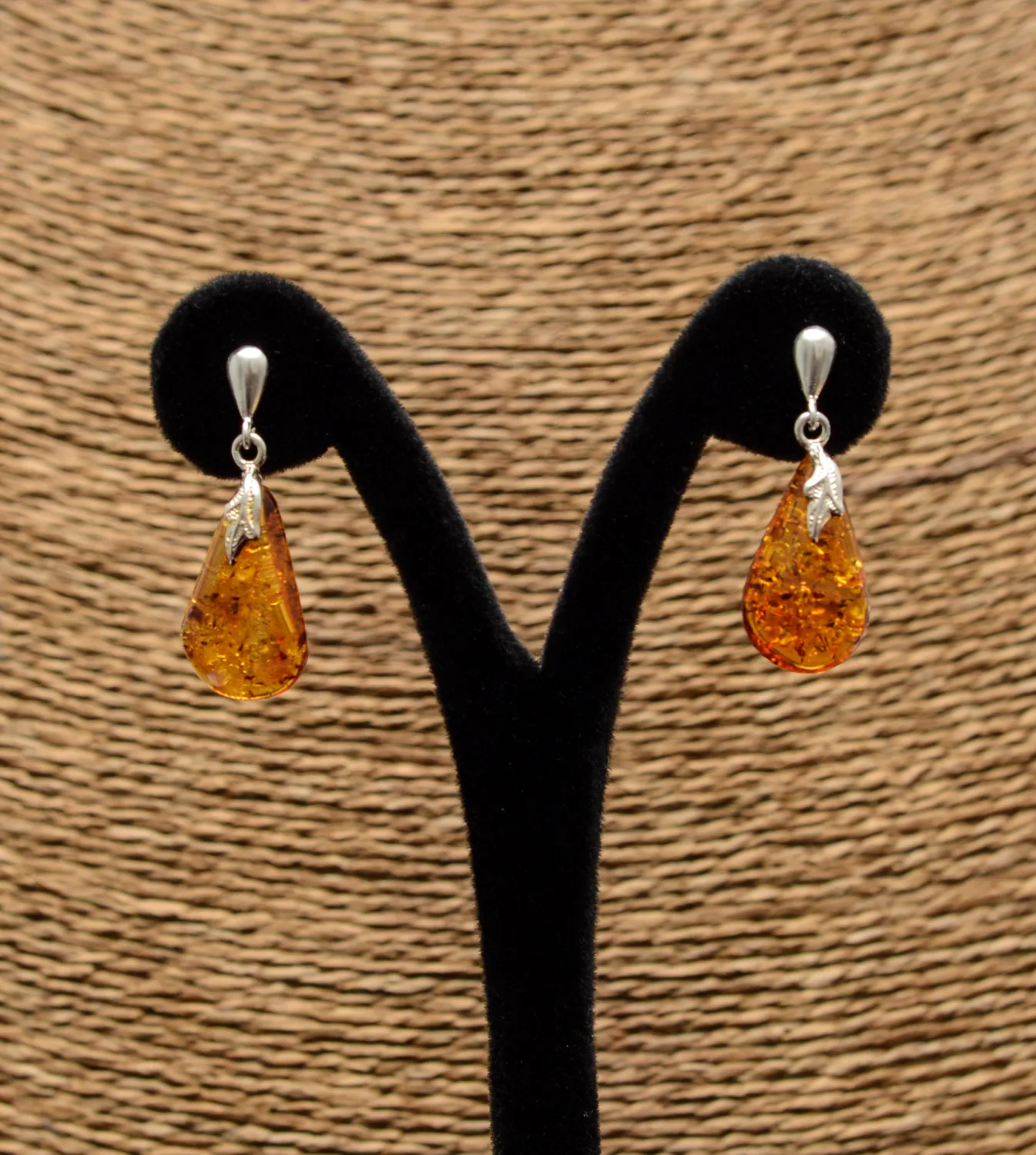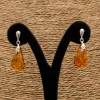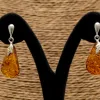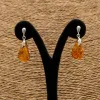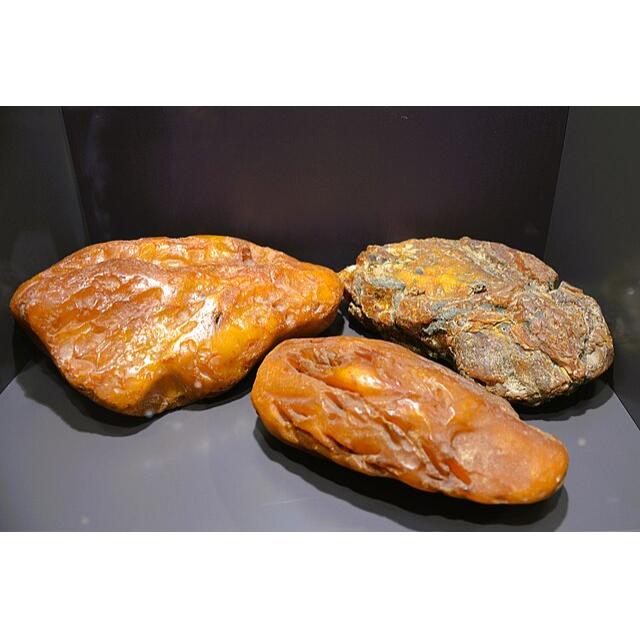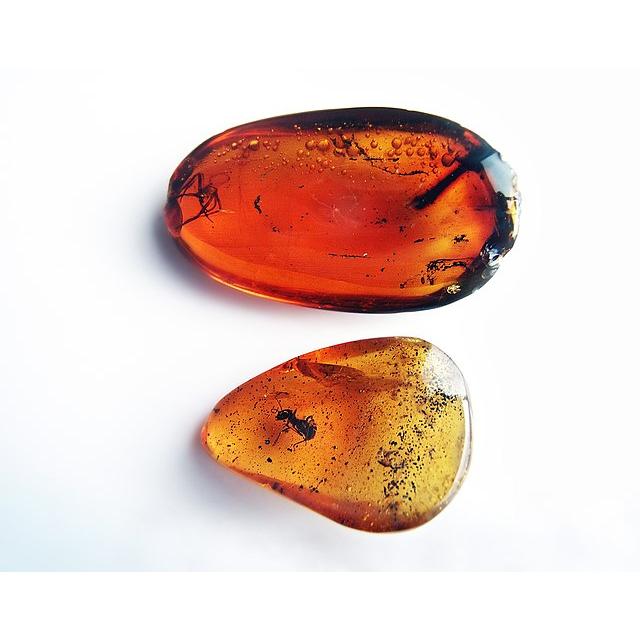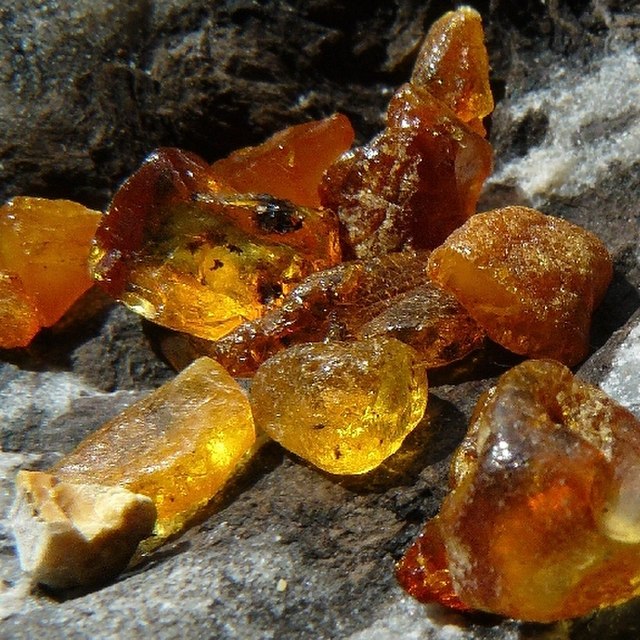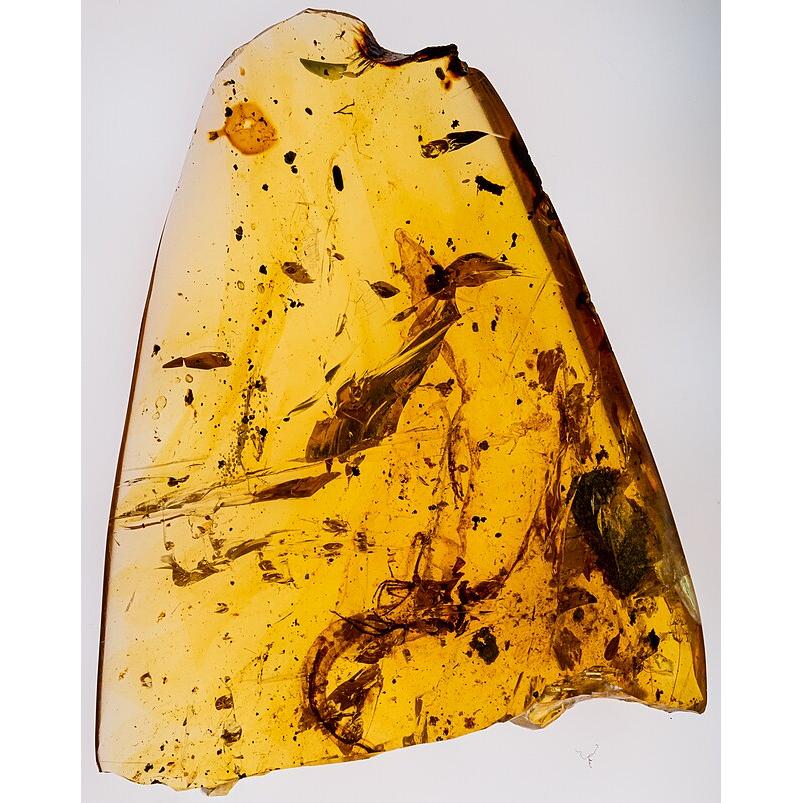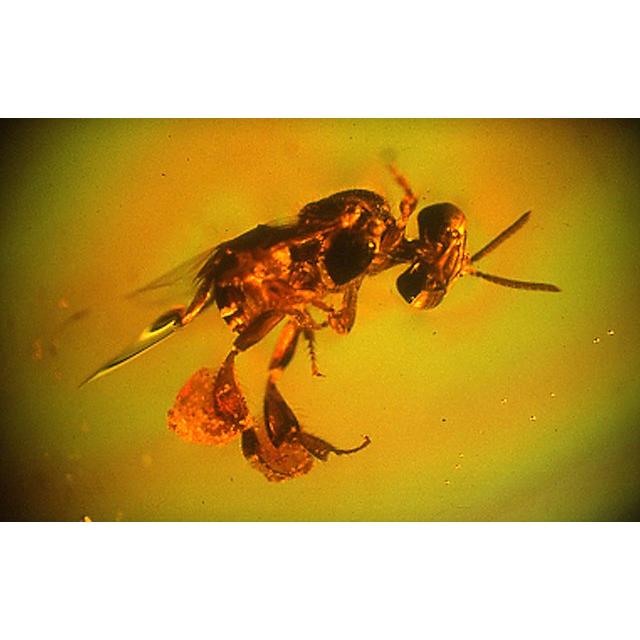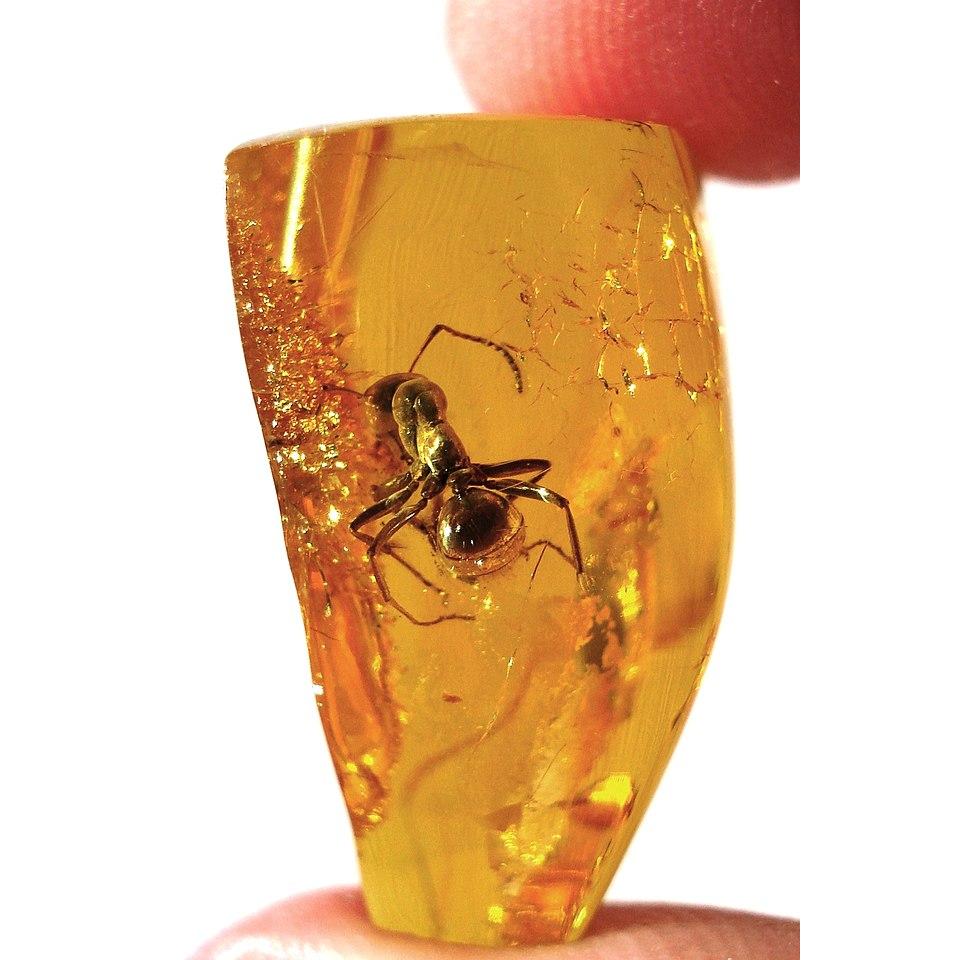Fossil amber, derived from the fossilized resin of ancient trees, encapsulates a narrative spanning millions of years. Initially, in response to stress or injury, certain trees secreted resin, which hardened and polymerized over eons to become the translucent substance we now know as amber. This transformation occurred under specific geological conditions, necessitating rapid burial to shield the resin from decay and environmental influences. Over time, through a process of diagenesis involving heat and pressure, the resin evolved into amber, shedding volatile components and acquiring stability.
Amber exhibits an array of distinctive properties. Its most renowned trait is its translucency, permitting light to filter through and imparting a warm, golden radiance. Despite its organic origins, amber possesses notable hardness, enabling it to be polished and intricately carved. When rubbed, it develops a static charge, a phenomenon observed by ancient civilizations and which contributed to the term “electron.” The material’s chemical stability renders it resistant to degradation, preserving ancient organisms trapped within and offering invaluable insights into prehistoric life. Furthermore, amber manifests in a spectrum of colors, influenced by impurities, environmental factors, and organic compounds.
Over the centuries, amber has found diverse applications. Jewelry making stands as its most renowned use, with artisans fashioning beads, pendants, and earrings from these prized gemstones. Its translucency and rich hues also render it a popular choice for decorative objects, such as sculptures and carvings, showcasing its ability to refract light. Additionally, some alternative medicine practitioners believe in amber’s healing properties, utilizing it in various forms of therapy, though scientific evidence remains lacking. Scientifically, amber serves as a repository of information for paleontologists, who study its fossils to glean insights into ancient ecosystems and the evolutionary history of life on Earth. Archaeologists also uncover artifacts made from or adorned with amber, shedding light on cultural practices and trade networks across different civilizations.

The significance of fossil amber extends beyond its practical applications. Scientifically, it offers unparalleled insights into ancient life forms and ecosystems, revolutionizing our understanding of Earth’s history. Culturally, it has held sway in various societies throughout history, from the fabled Amber Room to ceremonial artifacts of Mesoamerican civilizations, symbolizing beauty and prestige. Economically, the global trade in fossil amber fuels significant economic activity, particularly in countries like Poland, Russia, and the Dominican Republic, where it contributes to local economies through mining, processing, and craftsmanship. However, challenges such as overexploitation and illegal mining threaten the conservation of this precious resource, necessitating sustainable management practices.
In essence, fossil amber represents more than just a material; it encapsulates a journey through time, offering glimpses into ancient worlds while captivating the imagination of modern society. As we continue to unlock its secrets, amber will undoubtedly remain a source of wonder and fascination for generations to come.
Prehistoric 101 (Learn about fossils, minerals, and meteorites)
What is Amber

